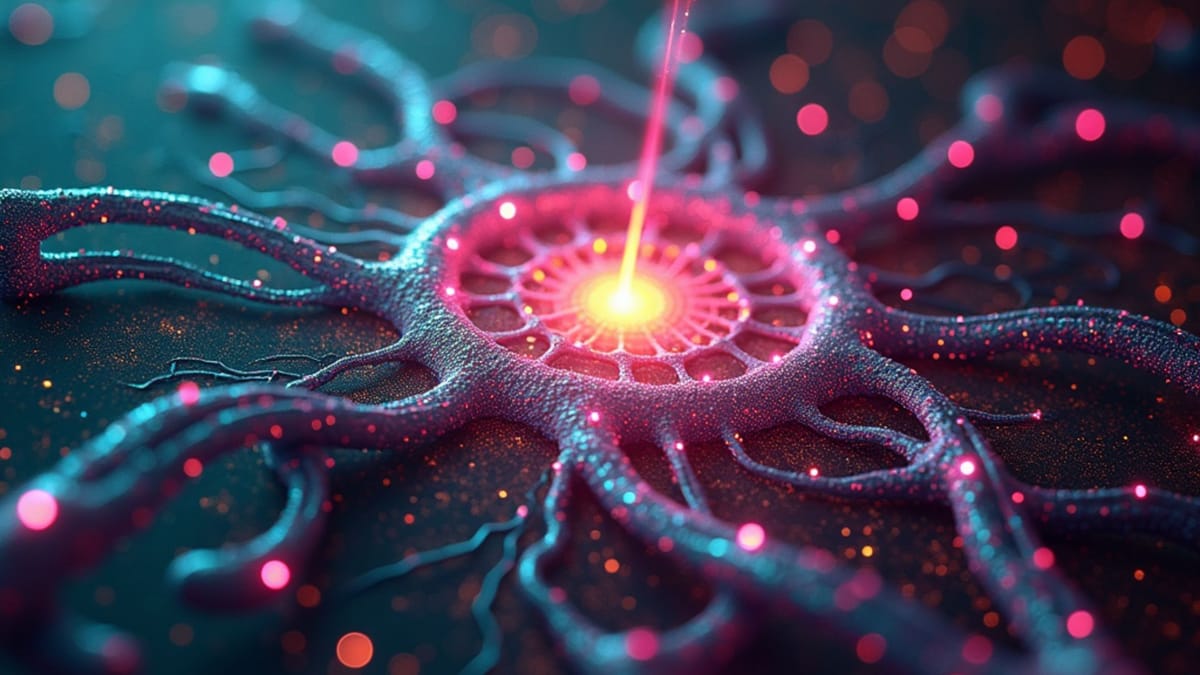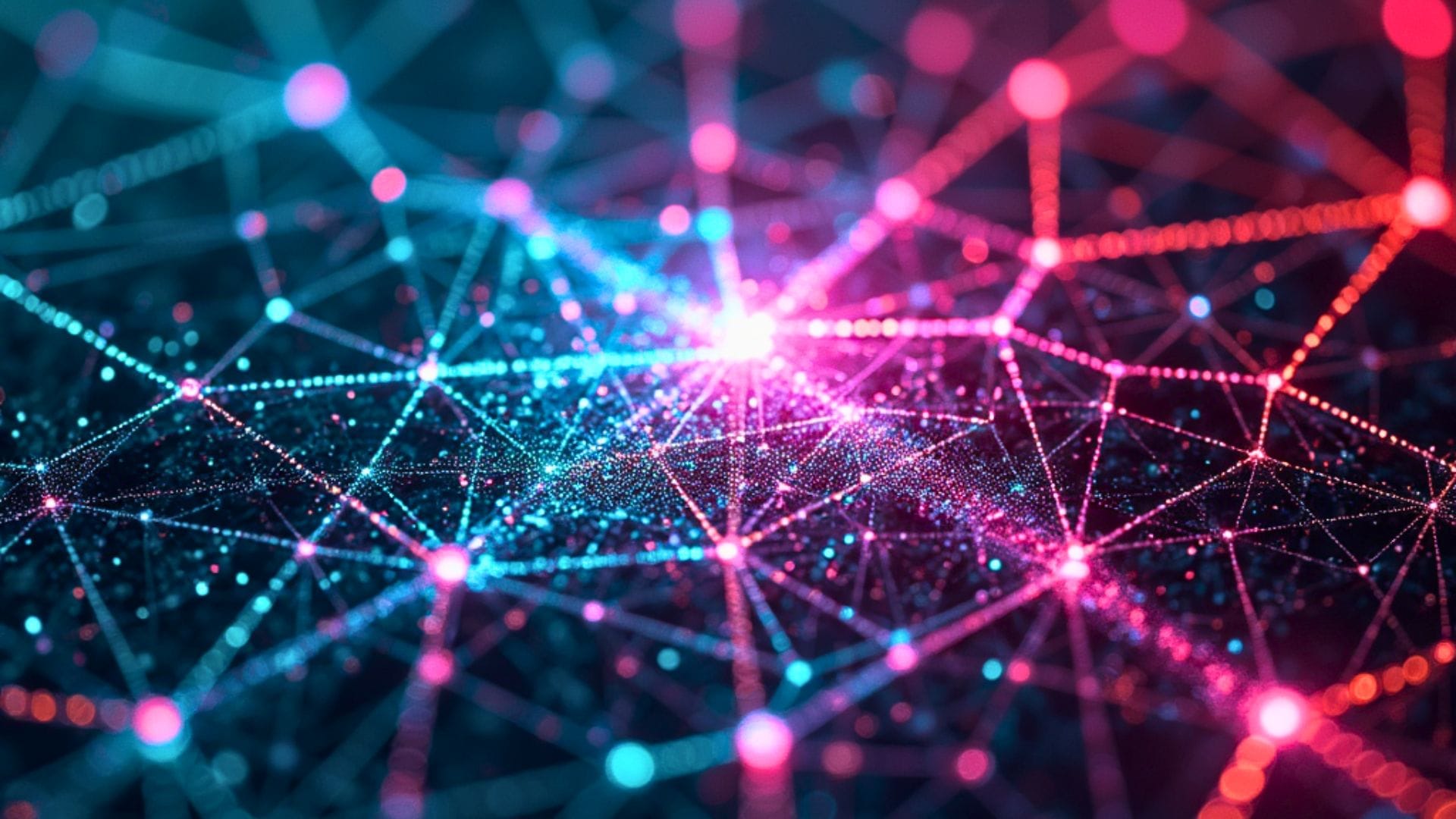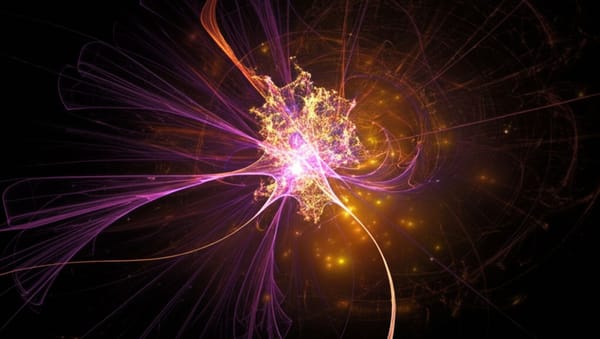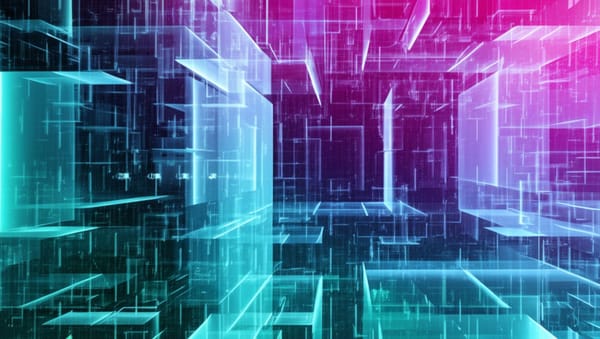Why AI Researching Itself Could Trigger a Computational Singularity

Using artificial intelligence to enhance AI research represents the most plausible pathway to an intelligence explosion, warns prominent tech interviewer and AI commentator Dwarkesh Patel. This recursive improvement mechanism, where AI systems accelerate the development of more advanced versions of themselves, could eventually yield superhuman capabilities through a self-reinforcing optimization cycle.
End of Miles reports that Patel identified this specific risk factor as his primary concern when discussing artificial intelligence development trajectories, highlighting a mechanism distinct from other potential risks that typically dominate AI safety conversations.
The Computational Feedback Loop
The recursive improvement scenario Patel describes operates via a specific technical pathway. "It seems like the more really good AI researchers you have, the more progress you can make," Patel explained. "If smarter AI systems help you find these algorithmic compute multipliers which increase the effective population of AI researchers, and you repeat that loop, maybe you get superhuman intelligence on the other end and a very rapid software-only singularity."
"This is maybe the biggest question. If I was hassling the lab leaders, I would ask how carefully they're thinking about this critical threshold." Dwarkesh Patel
This mechanism doesn't require the AI system to be creating code in the conventional sense. The technological amplification occurs when advanced models identify efficiency improvements, architectural optimizations, and training methodologies that human researchers might overlook or take years to discover.
Lab Leaders' Perspective
Notably, the AI commentator expressed surprise at the matter-of-fact acceptance of this scenario by industry leaders. After discussions with prominent research executives, Patel observed their unexpected candor regarding this trajectory. Some lab leaders reportedly acknowledged the intelligence explosion scenario as an inevitable outcome of automated AI researchers without demonstrating corresponding concern.
"I think I was just like, 'Wait, you're just saying this is what's going to happen? The intelligence explosion because of these automated AI researchers?' I'm like, 'Isn't that crazy? What's your plan for that?'" Patel recounting conversations with lab executives
The tech interviewer characterized this particular development pathway as "under-discussed" despite representing a central mechanism through which transformative capabilities might emerge. Unlike scenarios requiring physical infrastructure or specialized resources, this pathway relies solely on software optimization processes that could accelerate autonomously once initiated.
Critical Technological Thresholds
The inflection point in this development trajectory remains undefined. The precise capabilities required for AI systems to meaningfully accelerate their own development represents a central uncertainty in forecasting timelines.
Current systems like Google's Co-Scientist represent early implementations of AI-assisted research, though these remain limited to hypothesis generation rather than autonomous verification or development. The AI specialist noted these early applications demonstrate how systems can identify novel combinations between existing research but still require human intervention for empirical validation.
Patel distinguished between these current implementations and truly self-improving systems. Recursive self-improvement would manifest when AI systems can not only generate hypotheses but also verify them, implement improvements, and iterate without human bottlenecks in the process. This capability threshold represents the gateway to potential exponential capability increases that characterize an intelligence explosion scenario.





